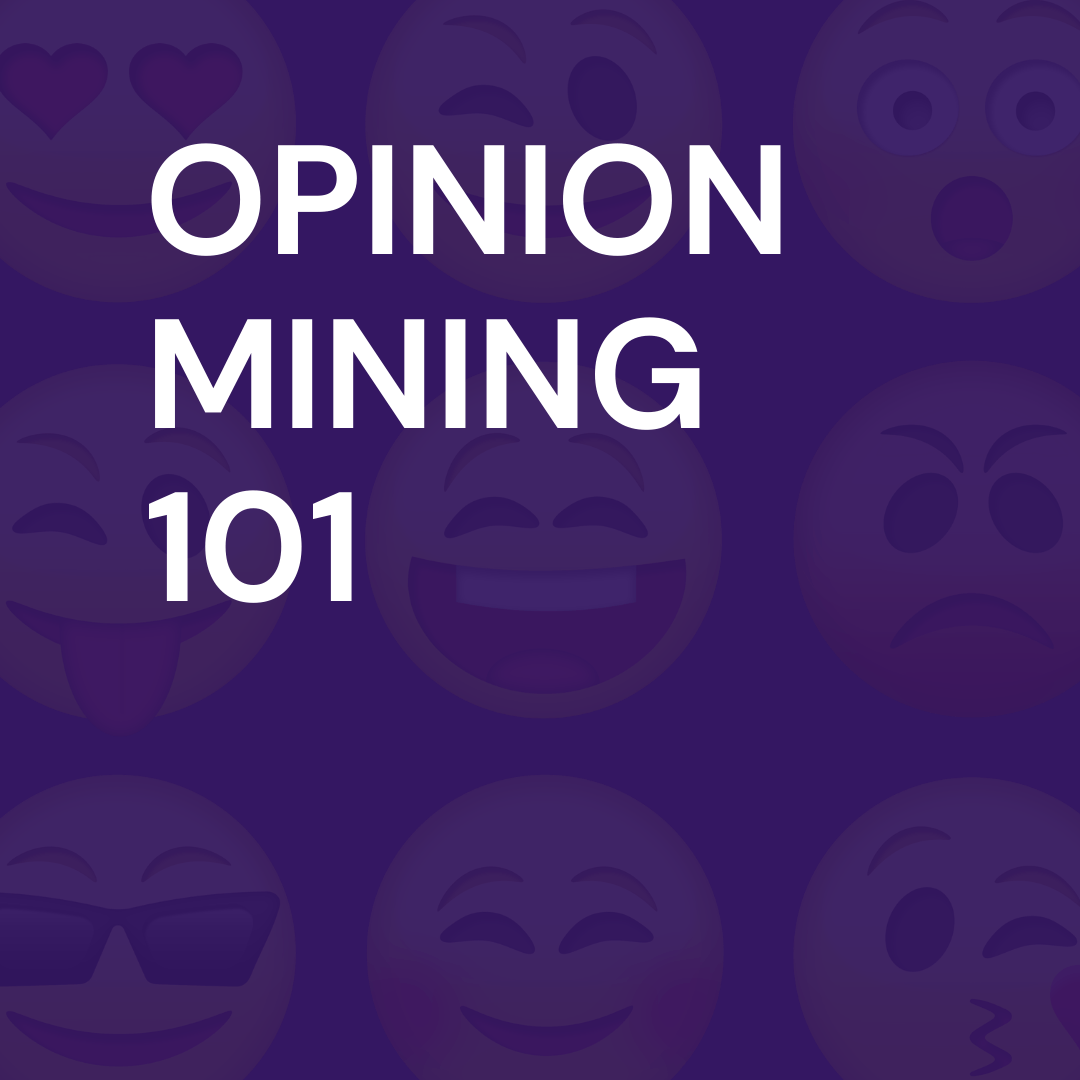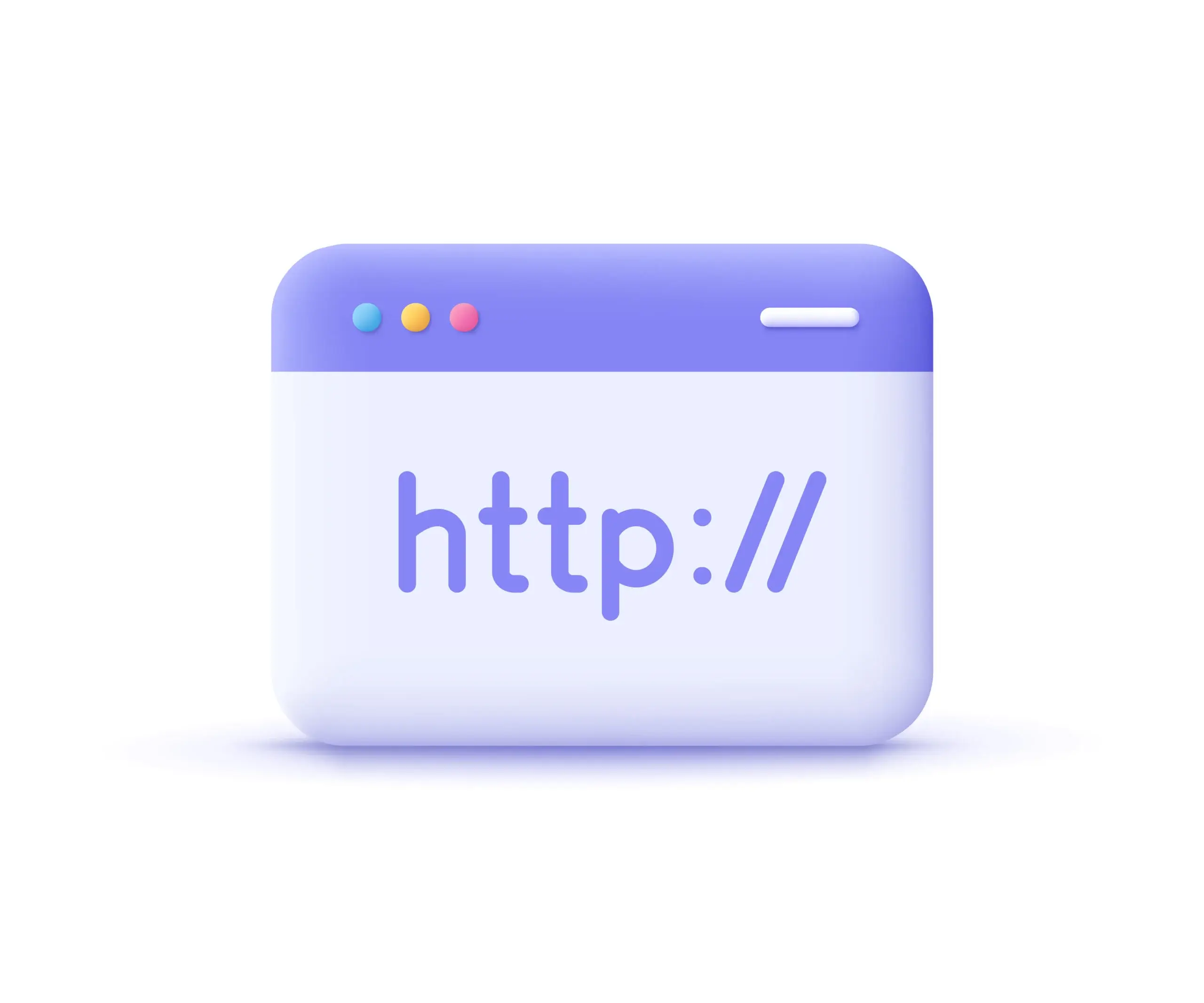Sentiment analysis is a scientific method of understanding a customer’s opinion about products or brands. It’s a way that companies can visually see how the public is interacting with their offerings. If you’re a brand, you can use sentiment analysis to analytically understand your market post interaction.
Social networks, tag managers, and review platforms have given an endless supply of data that can be organized into metrics that are accurate enough to be relied upon for decision-making.
In this article, we’re going to focus on what sentiment analysis is and how you can implement it.
Sentiment Analysis Explained
You may have already heard of sentiment analysis if you’re familiar with opinion mining or emotion AI. It uses natural language processing (NLP), computational linguistics, and machine learning to extract, group, and visualize important signals as it relates to customer expectations and experiences.
Essentially each process is designed to give a score to a particular tag or identifying marker that was extracted from a database. It allows businesses to analyze customer reviews and social media.
Companies are using residential proxies to gain a sentiment score from granular locations.
When the data is extracted and structured, brands leverage it to better understand their consumers and through multiple iterations, they can tailor their services and products to their needs. Ultimately, it increases profits and is a great resource for research and development teams.
Use Cases For Opinion Mining
Opinion mining can be leveraged in multiple ways and applies to most verticals. The major use cases for sentiment analysis would be brand monitoring, social media monitoring, market research, and research and development efforts.
Let’s take a look at a couple of ways that opinion mining is leveraged by savvy brands.
Brand Tracking
Companies can consistently monitor how they’re being talked about across forums, social media sites, review platforms, and blogs within their niche.
Managing your reputation is a huge part of gaining success in the digital world. The challenge is knowing who is talking about your brand and what they’re saying in such a vast space. Companies are utilizing residential proxies and sentiment analysis to gather data from all corners of the Internet.
They are using text-based analysis to add tags to adjectives relating to brand mentions.
Once this data is collected it can then be structured and understood by customer success teams. If libel is found a company can counteract it with an appropriate response or legal action.
Research & Development
It’s hard to know what you should develop next if you’re not sure how the market feels about the products that are currently available. Knowing the problems today gives a company the resources needed to offer solutions that will drive them into the realm of profitability.
This is where opinion mining can help research and development departments.
Existing customers and the public related to a vertical can be gauged using sentiment analysis to understand how mass groups of people feel about current challenges.
Product improvements and newfound solutions can have the right investments allocated to them instead of wasting resources on development that will fail in the public view. Development teams can assess current clients to evaluate what needs to happen next.
How Sentiment Analysis Works
Algorithms power the ability to understand a group of people’s sentiments towards a brand or product. Each approach can be broken down into two basic concepts. Let’s take a look at the first one together and afterward you can evaluate which one would work best for you.
Granular Rule-based Analysis
A granular approach uses linguistic analysis to determine how someone is feeling about a brand. This is done by determining the polarity of the words against the subject. Each rule is defined by a programming syntax that sorts parts of speech into tags.
Out of those tables, a score is given to each word that was processed.
Let’s set a few of those parameters.
Horrible = -2
Disgusting = -1
All right = 0
Wonderful = +1
Fantastic = +2
Now Let’s create a couple of sentences as if they were opinions about how diners felt in a new restaurant that opened three months ago in Las Vegas.
“The food was all right, could have been cheaper.”
“I thought the wait times were horrible.”
“The staff was wonderful, but food not so much!”
What score do you have?
The sentiment score should be -1 which means the public has a slightly unfavorable view of the new restaurant. Now, what if the following sentence occurs…
“The restaurant across the street was horrible so we came to this new one and it was fantastic!”
The leads us to a more advanced way of processing sentiments.
Deep Learning
Machine learning can save the day by using advanced GPT-3 algorithms and data sets to evaluate larger sections of text and rely on historical analysis to derive the true meaning of sentences. Now let’s revisit a sentence basic rule analysis could not parse.
“The restaurant across the street was horrible so we came to this new one and it was fantastic!”
Instead of only evaluating adjectives, AI can differentiate between “across the street” and “this new one”. By being able to parse between the sentence strings it can determine that horrible does not relate to the new restaurant, but fantastic does.
The goal for machine learning is to be able to create a database that is rich in examples so that it can learn from these past challenges and build upon its intelligence.
Deep learning algorithms can tackle sentiments that are wrapped in sarcasm, contexts, and pick up on emoticons that are being used within the text itself. This allows for higher accuracy with sentiment analysis that brands can act on with greater trust.
Sentences can be broken down into several forms…
Part-of-speech tags: These tags help machines understand the difference between nouns, verbs, adjectives, and lexical uses of known vocabulary words.
Tokenization: Tokens help divide content into blocks that can be understood and broken down further into meaningful data sets.
Optical analysis: This is the ability of artificial intelligence to be able to understand images and emoticons that can be found within the text and what their connotations mean.
Conclusion
There’s probably already a vast amount of data on the Internet about your brand that you can leverage to develop new products and better understand your customer’s profile. Companies are using residential proxies to target specific locations for opinion mining so that each data set can be granular.
If you have any questions about sentiment analysis or need help getting started, you can always reach out to us in our live chat located in the bottom right-hand corner of your screen.




















